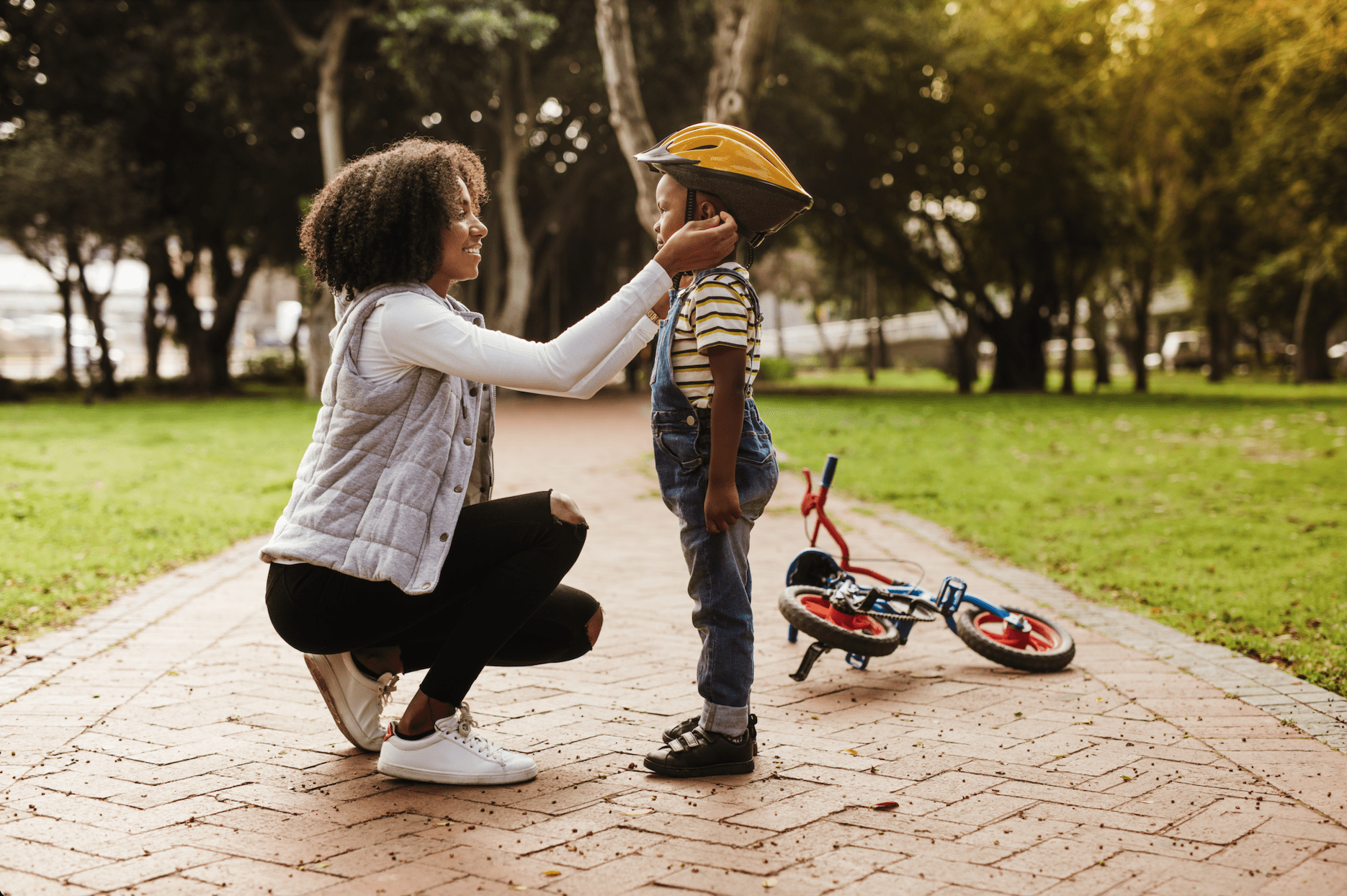Anybody who has ever cared for a child knows that keeping them safe is a top priority. We all want our children to be happy, healthy and well, and this means setting up boundaries and parameters that are a good fit for our children. November is Child Safety Protection Month, so this is a great time to discuss all things safety.
When considering your child’s safety, it is important to think about your child’s unique needs. What environments are they in regularly? What are their needs in those environments? Do you have the proper safety equipment? And are all caregivers aware of any special safety needs your child may require?
Explore Your Child’s Environment
Whether at home, in school, daycare, or before or after care, it is important to explore the environments your children regularly find themselves in. If your child is in a wheelchair, is the environment accessible for his or her needs? If your child mouths toys and other objects, do they have all small objects that could be potential choking hazards out of reach? Are there stairs your child may have trouble going up or down? Another thing to consider is your children’s clothing. You will want to be sure there aren’t long strings they could get tangled in, or that could cause them to strip. Are they able to easily move about in their clothes?
According to the CDC: “Sometimes children are faced with unsafe situations, especially in new places. Children who have limited ability to move, see, hear or make decisions, and children who do not feel or understand pain might not realize that something is unsafe, or might have trouble getting away.” You will want to be sure to assess your child’s unique needs, with all of this in mind, when evaluating their environment.
Determine What Safety Equipment is Required
It is important that the proper safety equipment is available for your child in all situations. When traveling in a car, you want to be sure your child is in the appropriate car seat, or booster, for their age and weight. If you aren’t sure, you can always talk to the child’s pediatrician or a certified child passenger safety technician who can confirm whether or not their seat is best tailored to their needs. Other safety equipment to be sure you have on hand would be helmets for bike rides, life jackets when near water, smoke alarms and carbon monoxide detectors (if your child is unable to hear, consider purchasing alarms with lights and vibrations), handrails and safety bars for children who may have trouble walking or fall often, outlet plugs, gates for stairs if your child is in danger when climbing and unable to understand he or she needs to stay away from them, and changing tables with buckles, if needed.
Inform Caregivers of Safety Procedures
It’s important to communicate with all caregivers what your child’s unique needs are, and any potential hazards you may see. Consider walking through the classroom, or care facility, with the caregiver to look for any potential areas of harm. Talk about any obstacles your child may face during the day with regard to their safety. Everyone wants what is best for your child, and a little communication goes a long way.
Child safety is of the utmost importance, and can be a cause for anxiety for some parents. By being mindful of your child’s needs, assessing their environment, making sure the proper safety equipment is available and communicating any needs as they arise, you can rest assured that you are doing all that you can to protect your child.




